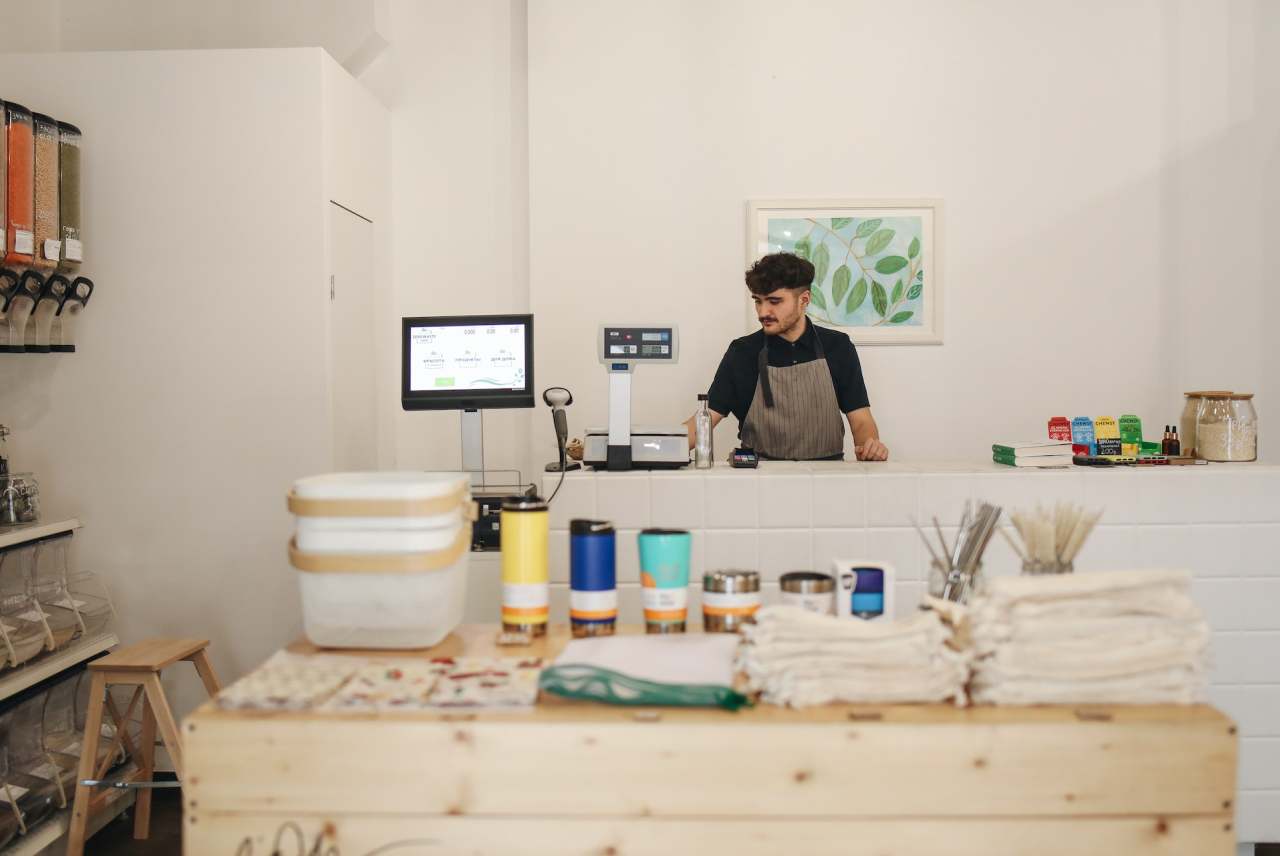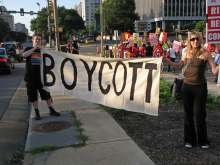In this article, we discuss what makes a green company, highlight key things to look for when finding an eco-friendly brand, and list some sure signs that a company’s claims are actually greenwash.
What is a green company?
Green businesses have the environment at the heart of their model. They make decisions based on reducing their impact on the earth, its animals and its habitats, or even choose practices that will actively benefit the planet.
A really eco-friendly company will not only consider their carbon footprint, they’ll also think about broader issues like pollution, waste, and deforestation.
Lots of brands may market themselves on eco-friendly credentials while getting the majority of their profits from unsustainable practices. For example, two thirds of online adverts from major polluters including Total Energies and Shell promoted green credentials, according to a 2021 investigation by media outlet DeSmog, despite an estimated 80% of their business being in oil, gas and even coal.
Some green-seeming brands may also have unsustainable owners. Scheese was originally made by Bute Island, one of the first vegan brands, in a fully vegan factory in Scotland. But in 2021, it was bought out by Saputo Dairy, owner of a wide range of dairy cheeses and butters, including Cathedral City, Clover and Utterly Butterly. The buyout saw its Ethical Consumer rating halve and it slipped down the score table in our guide to vegan cheese.
Saputo Dairy has been accused of sourcing from companies that use soya grown in deforested areas of Brazil and the Amazonian rainforest to feed their cattle.
Truly green brands will be entirely built around planet-friendly practices. Triodos Bank is a great example: it only invests in greener and more ethical businesses, such as community renewable energy projects or eco-friendly farms. And it is fully transparent about its investments with a searchable global map of where your money goes.







